LiteSpeed is a new web server in the market which claims to give more performance than Apache and Nginx.
I found this image from their website, openlitespeed.org:
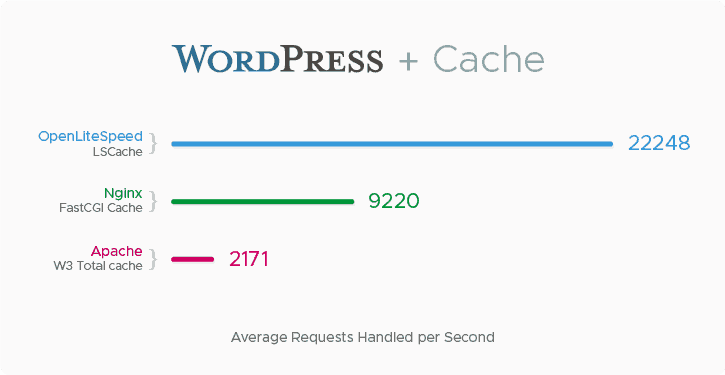
and one of the members of our Facebook group asked this:

So I decided to give it a try and test it with the popular web server, Nginx
Table of Contents
What is a Web Server?
A Web Server is software installed on your server which is responsible for receiving HTTP requests, processing them and sending back the response. To process it, a web server may request additional programs like PHP to get the output.
OpenLiteSpeed vs Nginx
Nginx (recently acquired by F5) is a very high-performance web server, released in 2004. Initially made as a load balancer and reverse proxy, but due to its high performance, it became very popular and used by millions of sites. Nginx has an open-source “Nginx” and “Nginx Plus” for enterprise (paid).
LiteSpeed is a similar webserver to Nginx released in 2003. LiteSpeed is currently the 4th popular web server. LiteSpeed can be a drop-in replacement for Apache because it can read and load .htaccess files. Recently they released an open-source version called OpenLiteSpeed with limited features of LiteSpeed.
What about Apache? Read the guide from Kinsta – Nginx vs Apache: Web Server Showdown
LiteSpeed and Nginx use an event-driven architecture. Both are really good at serving static files, uses dramatically less memory and can handle more than four times more requests per second when compared to Apache.
Test Configuration
Here is the test configuration that I used to test both:
- DigitalOcean server with the same resources ($5 droplet)
- Same server location (San Fransico)
- Astra theme with a default demo site
- Nginx via EasyEngine
- OpenLiteSpeed via DigitalOcean marketplace
- Cache plugin – WP Rocket on Nginx and LiteSpeed cache on OpenLiteSpeed
- No CDN, Redis or Varnish caching
- No Cloudflare proxy (DNS alone)
Here is the screenshot of the sample site that I used:

Test Results
Time to First Byte (TTFB)
TTFB is the time taken for the browser to get a response from the server. This metric can also be called as the server response time (server response time + network latency = TTFB).
Since TTFB varies based on the network and test location, I tested it from 14 locations. Here are the results:
Nginx
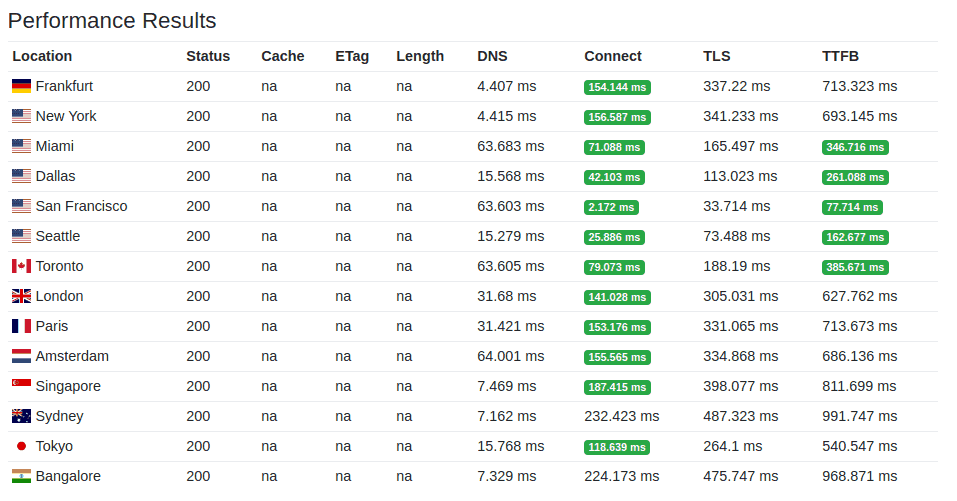
OpenLiteSpeed
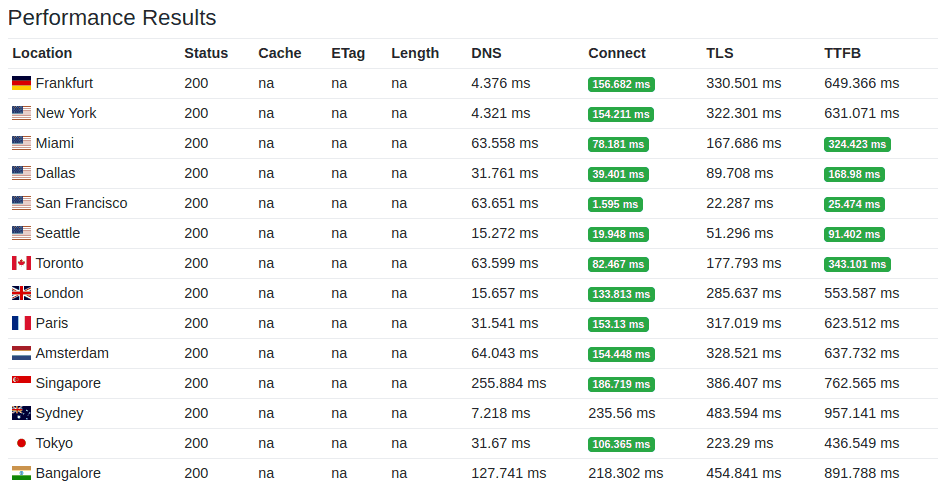
Winner
OpenLiteSpeed has a better TTFB when compared to Nginx, starting from saving 50ms to 150ms to remote regions. In TTFB, even 50ms matters a lot. Google recommends having a TTFB of <300ms
If your server and audience are in the same region/country you might not feel a big difference, but otherwise, OpenLiteSpeed is the winner here.
Fully Loaded Time
Fully loaded time is the time taken to download and process all requests on the web page. The test was done using GTmetrix and here are the results:
Nginx
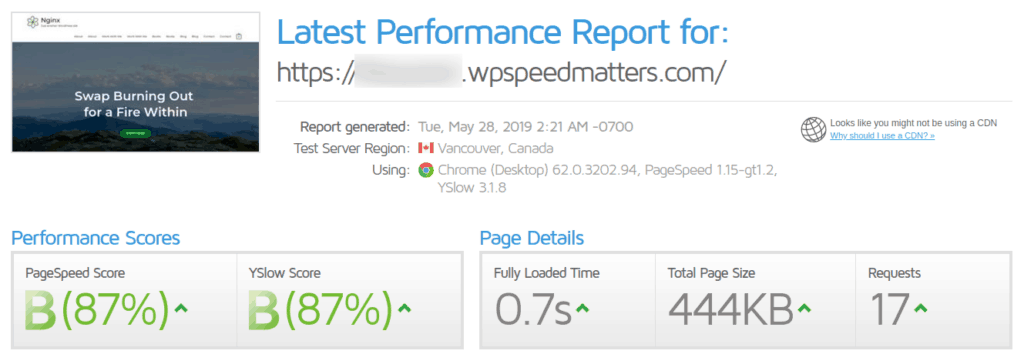
OpenLiteSpeed
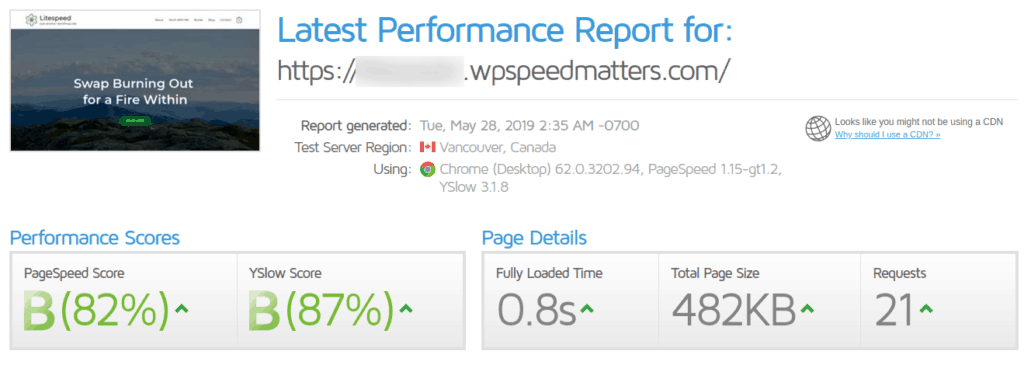
Winner
Nginx has a slight advantage of 0.1 seconds. It can be mainly due to the fewer requests made by the WP Rocket cache plugin, while OpenLiteSpeed was using its own LiteSpeed cache. Again, it’s a small difference. So it’s hard to pick a winner here.
Load Test / Stress Test
Load test (also known as a stress test) is a type of test where we send huge traffic within a short period of time. This test helps to determine how a web server responds to high traffic or when one of your blog posts goes viral and there is a sudden flood of visitors.
Also Read
So I did a load test on each by sending up to 10k requests per second over a period of 1 min (starts from 0 req/sec to 10k req/sec).
Here are the results:
Nginx
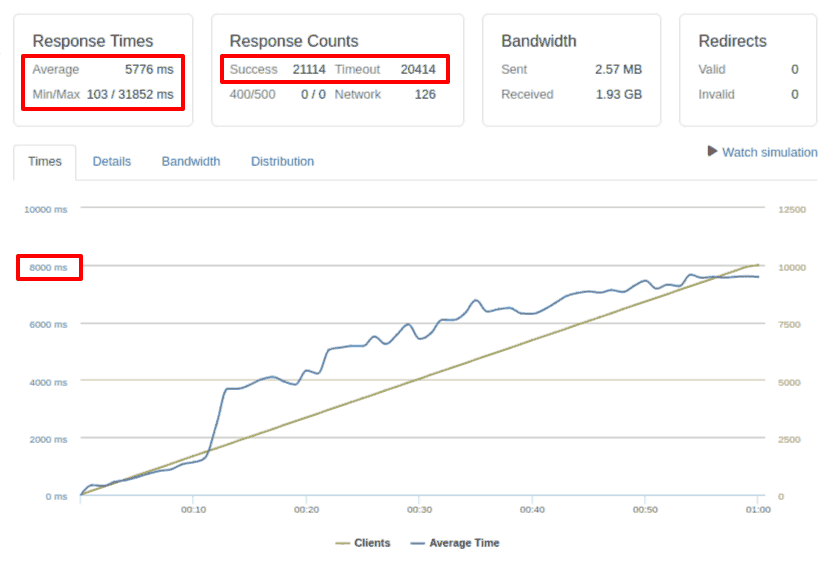
OpenLiteSpeed
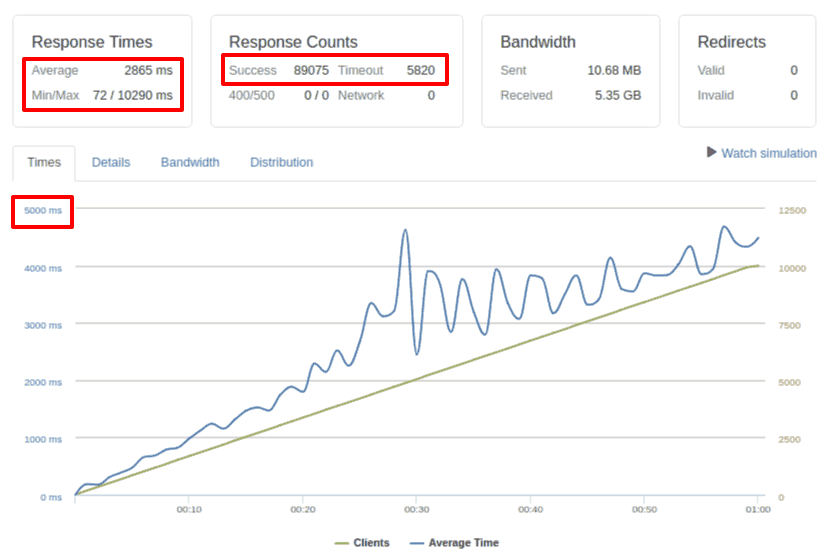
Winner
While sending 10k requests per second, in Nginx almost 50% of the requests were timed out (didn’t get a response in 10 seconds). In the case of OpenLiteSpeed, it’s only less than 6%.
The average response time is also much better for OpenLiteSpeed. While Nginx had 5.7 seconds, OpenLiteSpeed is 2.8 seconds!
It clearly shows OpenLiteSpeed is the winner here.
Conclusion
OpenLiteSpeed has a better TTFB and can handle very high concurrent users when compared to Nginx. OpenLiteSpeed also uses fewer server resources when compared to the Nginx stack, which results in reduced server costs.
Not just performance, here are a few other reasons why I prefer OpenLiteSpeed over Nginx:
Hosting Providers with OpenLiteSpeed
Since OpenLiteSpeed is fairly new to the market, unfortunately, there aren’t enough hosting companies that support OpenLiteSpeed. The big giants like Kinsta, WP Engine still uses Nginx. They’ve years of experience in optimizing it, and they might not be even switching to OpenLiteSpeed soon.
But here are some hosting providers that give WordPress on OpenLiteSpeed/LiteSpeed
- Closte.com – Built on top of enterprise LiteSpeed, Google Cloud and Google CDN. It’s little pricy when compared to other hosting providers and it’s a pay-as-you-go model. WP Speed Matters is currently hosted on Closte.com
- A2 Hosting – Mixed reviews, I haven’t personally tested them yet
- DigitalOcean – DO provides a one-click installer to install OpenLiteSpeed easily. If you’re ok with managing servers your own, go for it
Comment below if you’ve any queries or feedback. I read and reply to each of them within 8 hours!




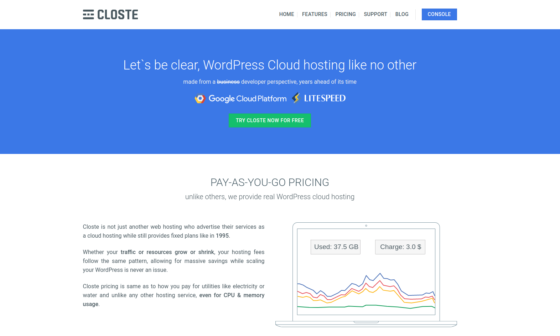


Comments are closed.